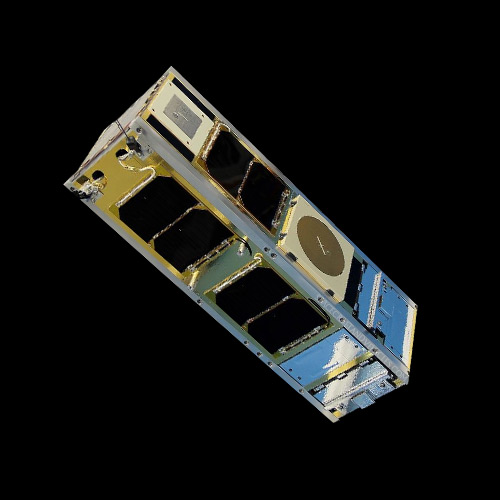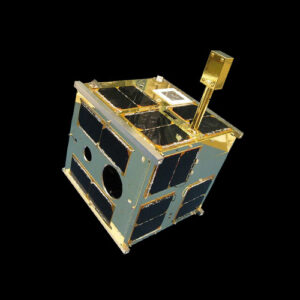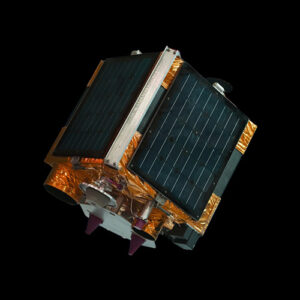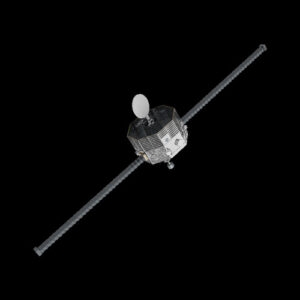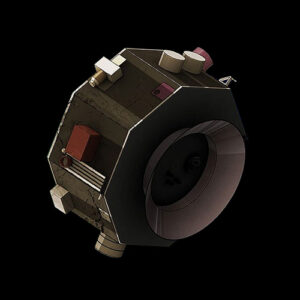The CanX Satellite series comprises a constellation of Canadian nanosatellites developed by the University of Toronto Institute for Aerospace Studies Space Flight Laboratory (SFL). Launched since 2003, these small satellites have played a significant role in advancing space research and technology, particularly in Earth observation, communications, and scientific experimentation.
Design and Construction
The CanX satellites are built with a focus on compactness, efficiency, and functionality. Leveraging innovative design principles and cutting-edge technologies, these nanosatellites feature modular architectures that enable rapid assembly and customization for various mission objectives. They are constructed using lightweight yet robust materials to maximize performance while minimizing mass and volume, making them cost-effective and adaptable to a wide range of space missions.
Mission Objectives
The primary mission objectives of the CanX Satellite series encompass Earth observation, technology demonstration, and scientific research. These satellites are equipped with a variety of payloads, including imaging systems, spectrometers, and communication instruments, to collect data on Earth’s atmosphere, land surface, and climate. Additionally, they serve as platforms for testing new space technologies and conducting experiments in microgravity environments.
Launch and Deployment
The CanX satellites are typically launched as secondary payloads aboard various launch vehicles, including rockets like the SpaceX Falcon 9 and Indian Polar Satellite Launch Vehicle (PSLV). Their launches have taken place from multiple spaceports around the world, including Vandenberg Air Force Base in the USA and Satish Dhawan Space Centre in India. Once in orbit, the satellites are deployed into their designated trajectories and begin their mission operations.
Technical Specifications
- Dimensions: Compact nanosatellite form factor, typically measuring less than 1 meter in length
- Weight: Varies depending on mission requirements, typically ranging from a few to tens of kilograms
- Payload Capacity: Equipped with a range of payloads for Earth observation, technology demonstration, and scientific experimentation
- Power Source: Solar panels for electrical power generation, supplemented by onboard batteries for energy storage
- Instruments and Equipment: Include imaging systems, spectrometers, communication payloads, and experimental devices tailored to specific mission objectives
Current Status
As of 2024, the CanX Satellite series continues to expand, with new missions being planned and executed by the University of Toronto’s Space Flight Laboratory. These satellites remain at the forefront of nanosatellite technology, contributing valuable data and insights to various fields of space research and applications.
